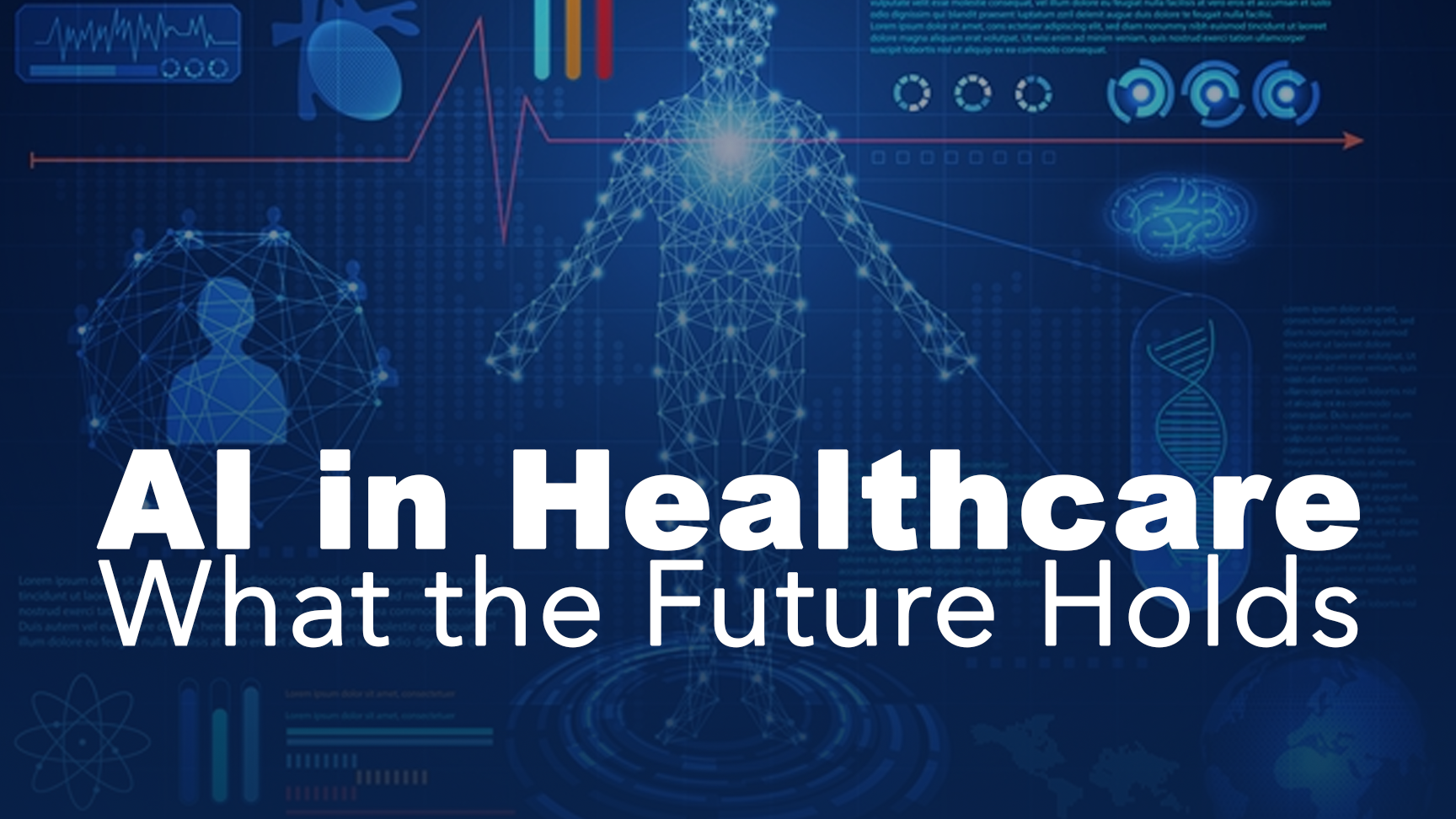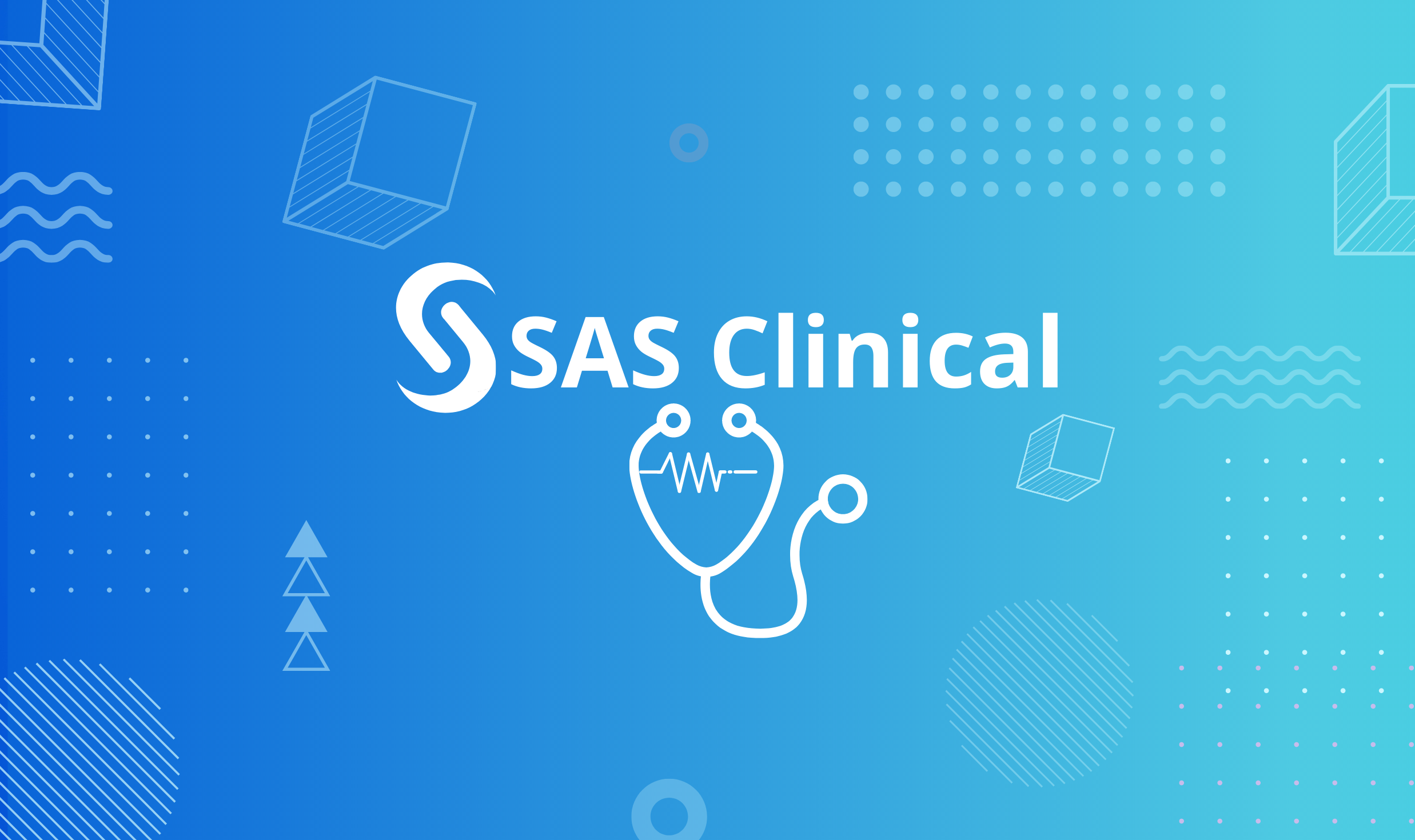
How Is AI Transforming the Healthcare Industry and What Does It Mean for the Future?
Artificial Intelligence (AI) is no longer a futuristic concept—it is here and it's transforming the healthcare industry at an unprecedented pace. From enhancing diagnostic accuracy to streamlining administrative processes, AI is reshaping the way we approach medicine and patient care. The technology’s ability to process massive datasets, identify patterns and generate insights in real-time is enabling healthcare professionals to diagnose, treat and manage diseases with greater precision and efficiency than ever before.
One of the most significant breakthroughs is in medical imaging. AI-powered systems can now analyze X-rays, MRIs and CT scans more quickly and, in some cases, more accurately than human radiologists. These advanced algorithms are capable of detecting early signs of serious conditions such as cancer, stroke and diabetic retinopathy—helping clinicians make timely, life-saving decisions. In parallel, AI is fueling the rise of personalized medicine. By analyzing a patient’s genetics, lifestyle and medical history, AI can help doctors create customized treatment plans, predict individual responses to therapies and minimize adverse effects, moving beyond the traditional one-size-fits-all model.
On the patient-facing side, virtual health assistants and AI-powered chatbots are becoming increasingly common. These tools can help patients schedule appointments, access medical advice and monitor chronic conditions from home, reducing the burden on healthcare providers and improving access to care in underserved areas. Meanwhile, predictive analytics is helping hospitals anticipate patient readmissions, detect potential outbreaks and identify critical changes in patient conditions in real-time—enabling a proactive approach to healthcare delivery.
Behind the scenes, AI is also simplifying and automating administrative tasks such as billing, coding and managing electronic health records. By reducing manual workloads and minimizing human error, healthcare staff can dedicate more time to what matters most—patient care.


